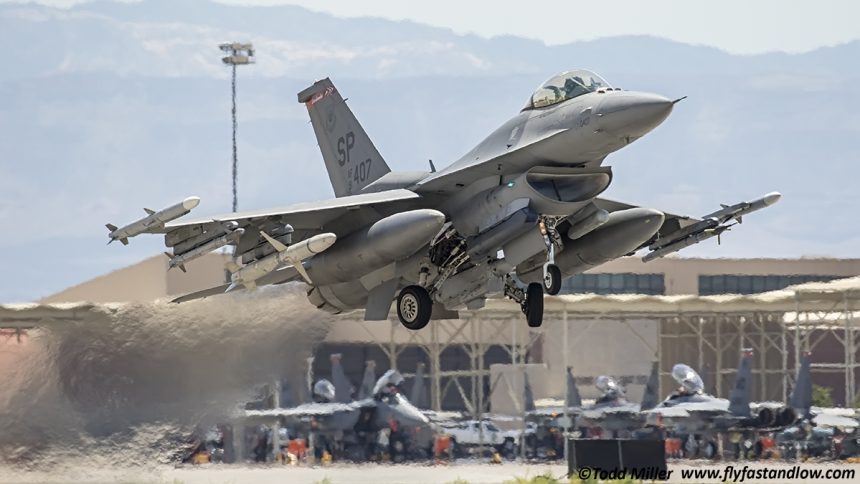Aircraft Was From 52nd Fighter Wing.
A U.S. Air Force F-16 Fighting Falcon crashed at approximately 3:00 pm local time (1300 GMT) near Spangdahlem Air Base in western Germany close to the German/Luxembourg border. The pilot ejected and is safe, having sustained minor injuries, according to a news release from the 52nd Fighter Wing Public Affairs unit.
According to a report by correspondent Michael Abrams for Stars & Stripes, “The crash site is a few miles south of Spangdahlem and north of the city of Trier. Several people called the German police in Trier at about 3:15 p.m. to report that a plane had crashed, the police said in a statement. The crash occurred in an uninhabited area, which has been cordoned off, and several roads in the area have been shut down. Spangdahlem is conducting a base readiness exercise this week, testing its ability to function in a wartime environment.”

The F-16 was assigned to the USAF 480th Fighter Squadron, the “Warhawks”. The 480th Squadron is attached to its parent unit, the 52nd Fighter Wing, at Spangdahlem. The mission of the 52nd Fighter Wing is to support the U.S. Air Force Europe’s (USAFE) Joint Fires Center of Excellence, a tactical training asset that conducts combined training for the integration and optimal use of tactical air support in the region.
More than two dozen F-16s from the 52nd FW were recently involved in an Elephant Walk during a Show of Force exercise at Spangdahlem AB.
This is the second USAF F-16 to crash so far in 2019, following a May 17, 2019 accident when another pilot successfully ejected from his F-16 during a crash on landing at March Air Reserve Base in Perris, California.
The F-16 Fighting Falcon, or “Viper” as it is referred to in the fighter pilot community, is a single-seat and two-seat, single engine, high performance multi-role fighter that first flew in 1974. It is built by General Dynamics and in service in many variants with at least 26 air forces around the world. The F-16 could be characterized as one of the most successful combat aircraft ever built, with a significant combat record around the world. Its safety record, considering its dangerous mission of air-to-ground and air-to-air combat, is excellent. The aircraft was originally conceived in basis during the early 1960s by USAF Colonel John Boyd, who was concerned about the (then) Air Force trend away from maneuverable, high performance dogfight capable aircraft toward large, heavy, high-speed interceptors.









